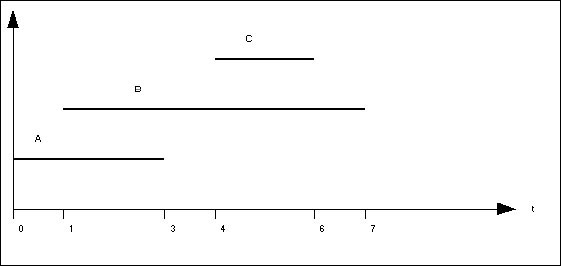(1995) electroacoustic version [18’ 29”]
Premiered at XIII CIM, Forte spagnolo, L’Aquila, September 2nd 2000

The strong and geometric form used comes from the chosen poem metre here represented:

The above structure is presented 15 times – one for each strophe. Each time superposing to the preceeding one which is time stretched. So the first presentation starts at the beginning and lasts until the end, the second one starts at 70” and lasts to the end too, and so on every 70”.
I covered this form with mist to break the poem tale. The purpose is to experience difficulty in understanding the form built up by 15 different ancient vocal styles. One style for each strophe, from the Jewish Salmody to Andrea and Giovanni Gabrieli. Most of the models used come from the Western sacred vocality, above all from the Venetian one. Not by chance, because the Biennale di Venezia music festival – that commissioned the work – occured within the Basilica di San Marco Dedication Nineth Century Celebration and was titled “L’ora di là dal tempo. Moments of spirituality in contemporary music”.
The computer is used basically to multiply Marianne voice. Ideally to increase it as many times as the woman in the poem crosses her own image, to achieve an unpleasant state for the singer to hear her own voice unceasingly rising in hugely magnified details.
Sounds and noises ideally coming from the periods evoked by the different styles (harp, fiddle, lute, organ, strings, brass, market noises, …) trickle into the mist of this vocal polyphony.
This electroacoustic version is preferable performed through the 8 tracks tape. It allows a quite large range of interpretation as concerns the mixing of its complex compound of elements.
Forma di nebbia is the third part of the cycle for female voice and electronics “L’olio con cui si condiscono le parole” (a chamber theatre musical work commissioned by La Biennale di Venezia 1995, never produced for the scene) and it is dedicated to Mario Messinis, with all my gratitude for having let come to the surface the little oil there is in my work.
When forms are not yet distinguishable or when old disappearing forms are not yet substituted by new and clear ones.

